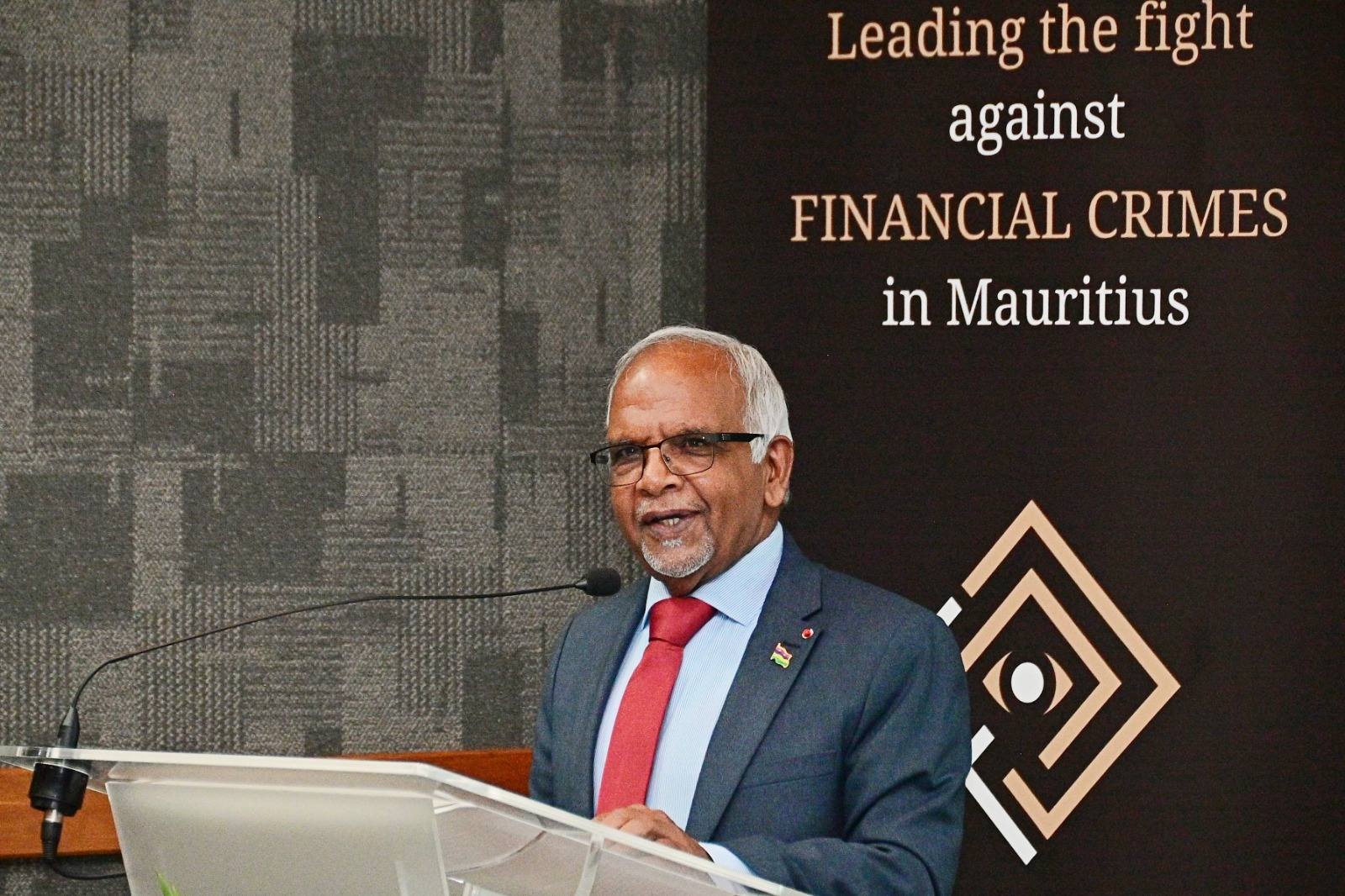
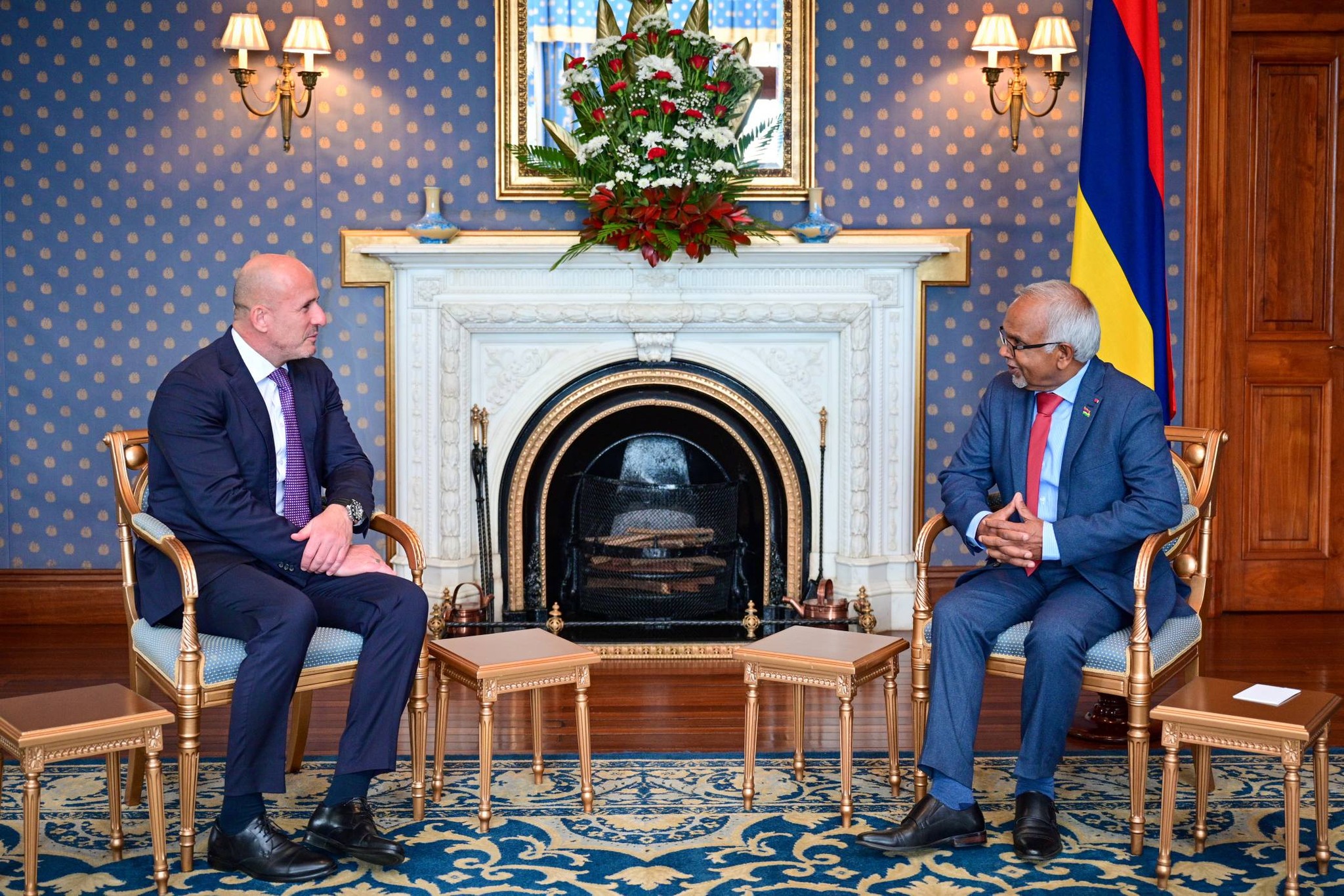
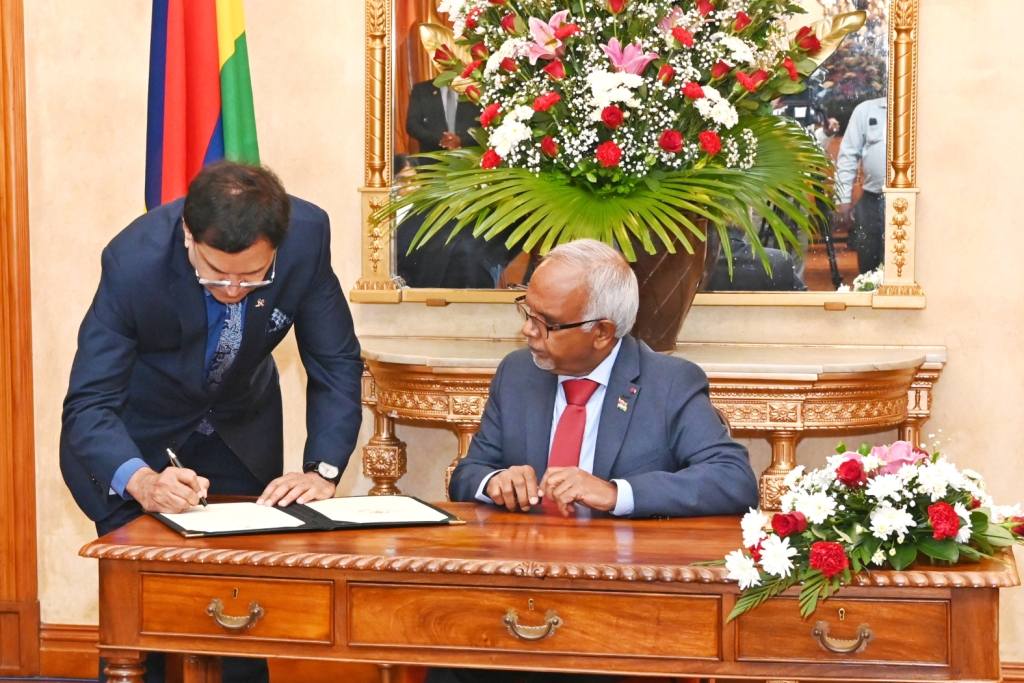
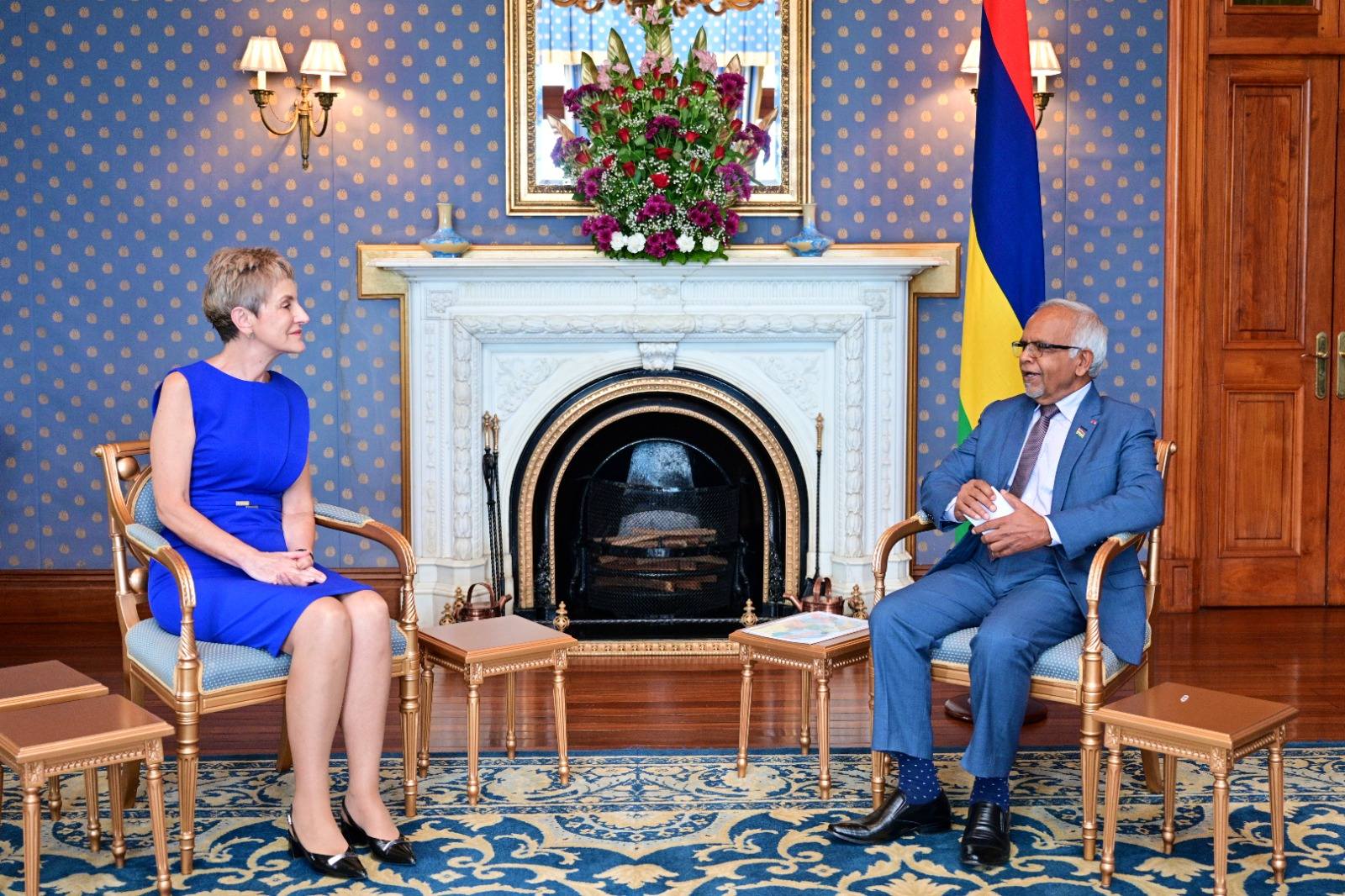
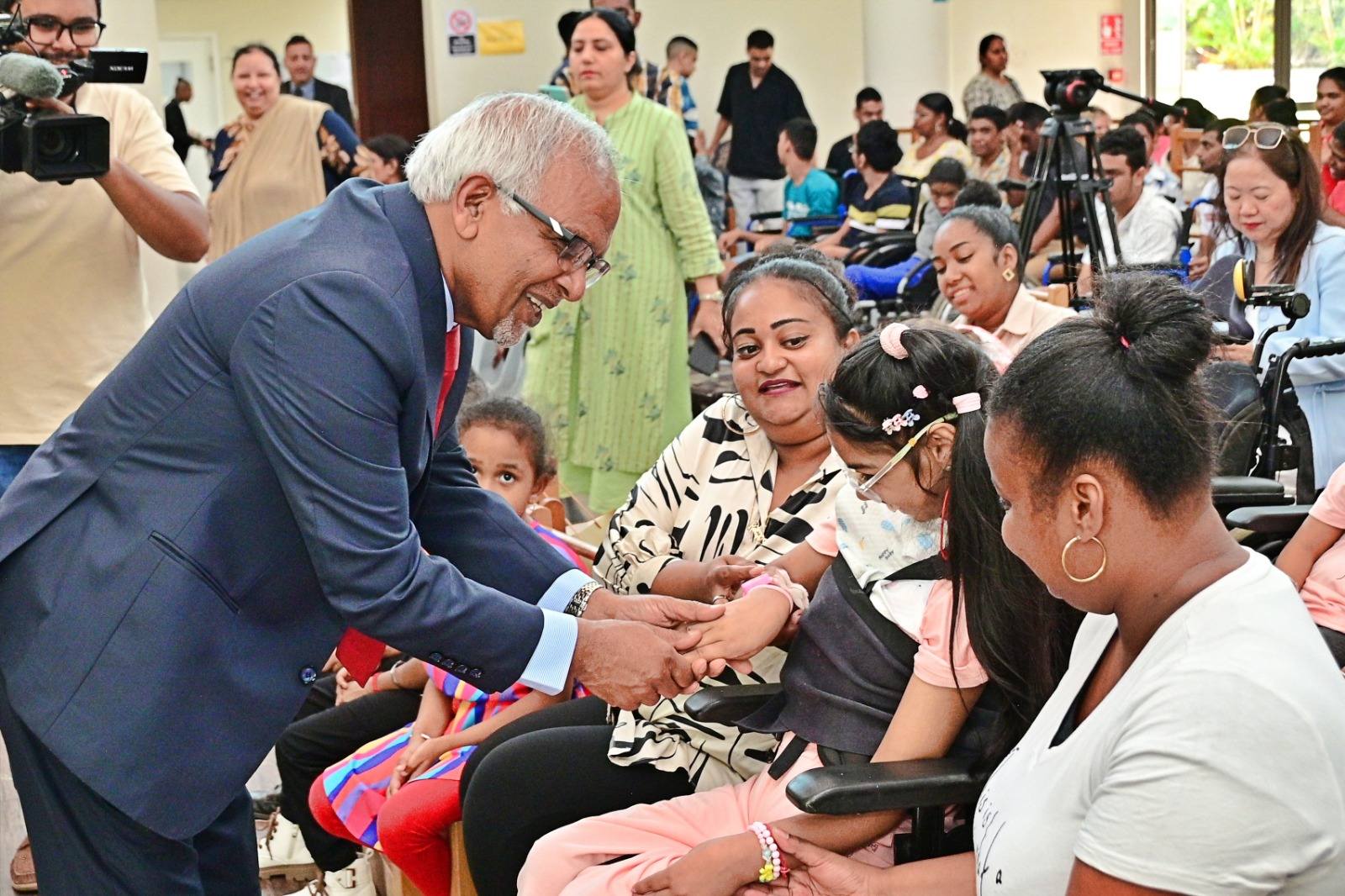
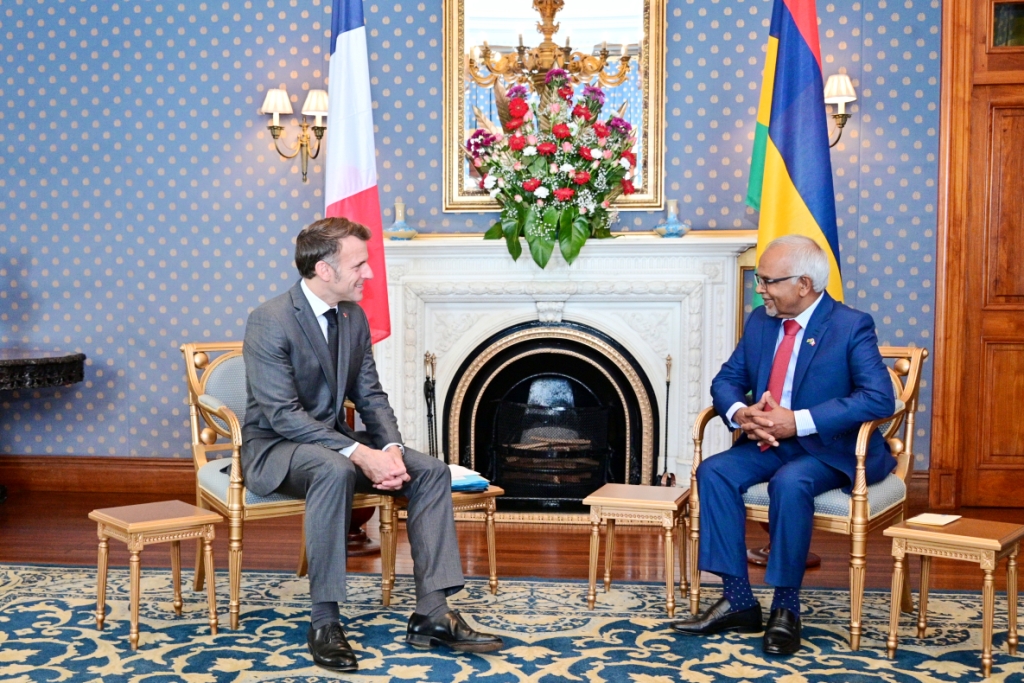
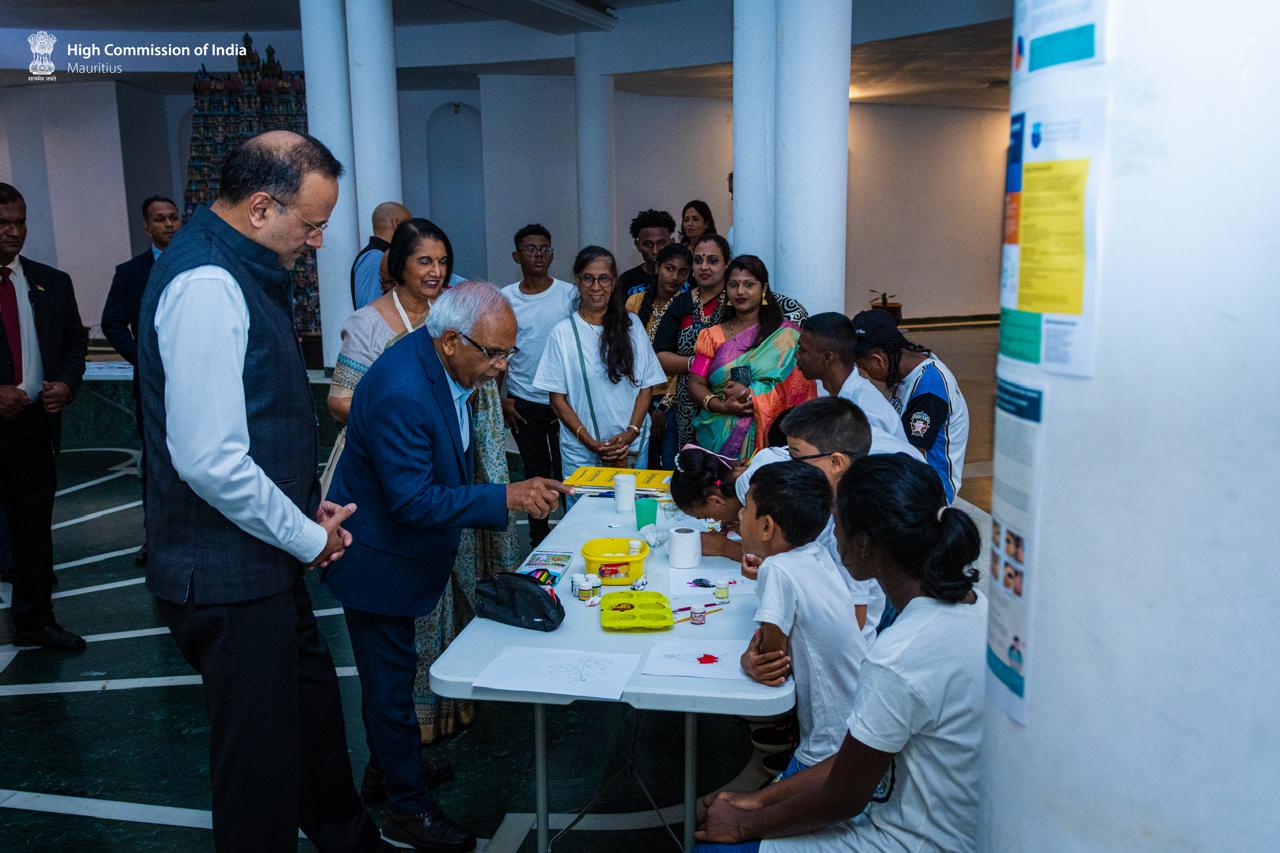
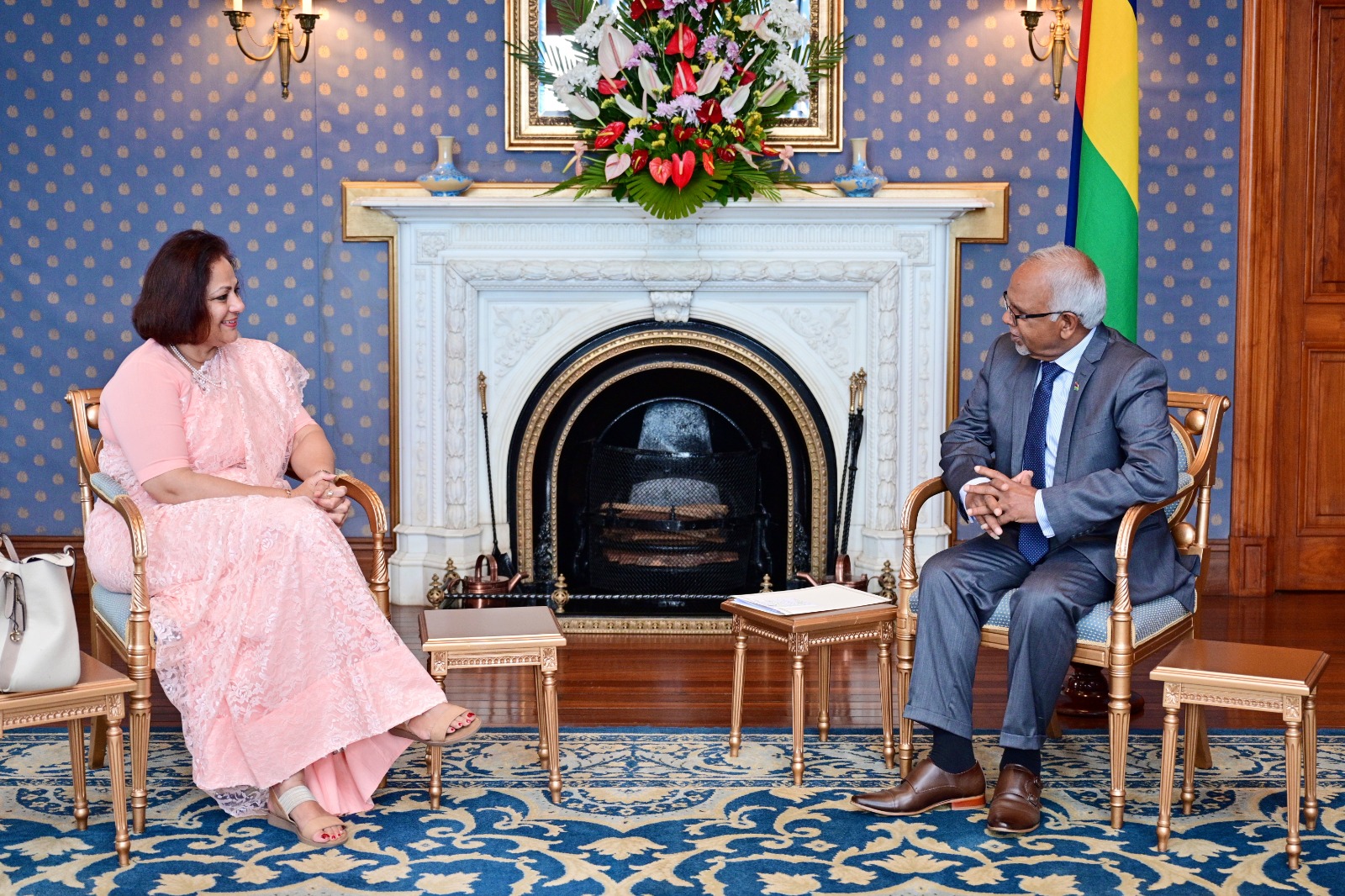
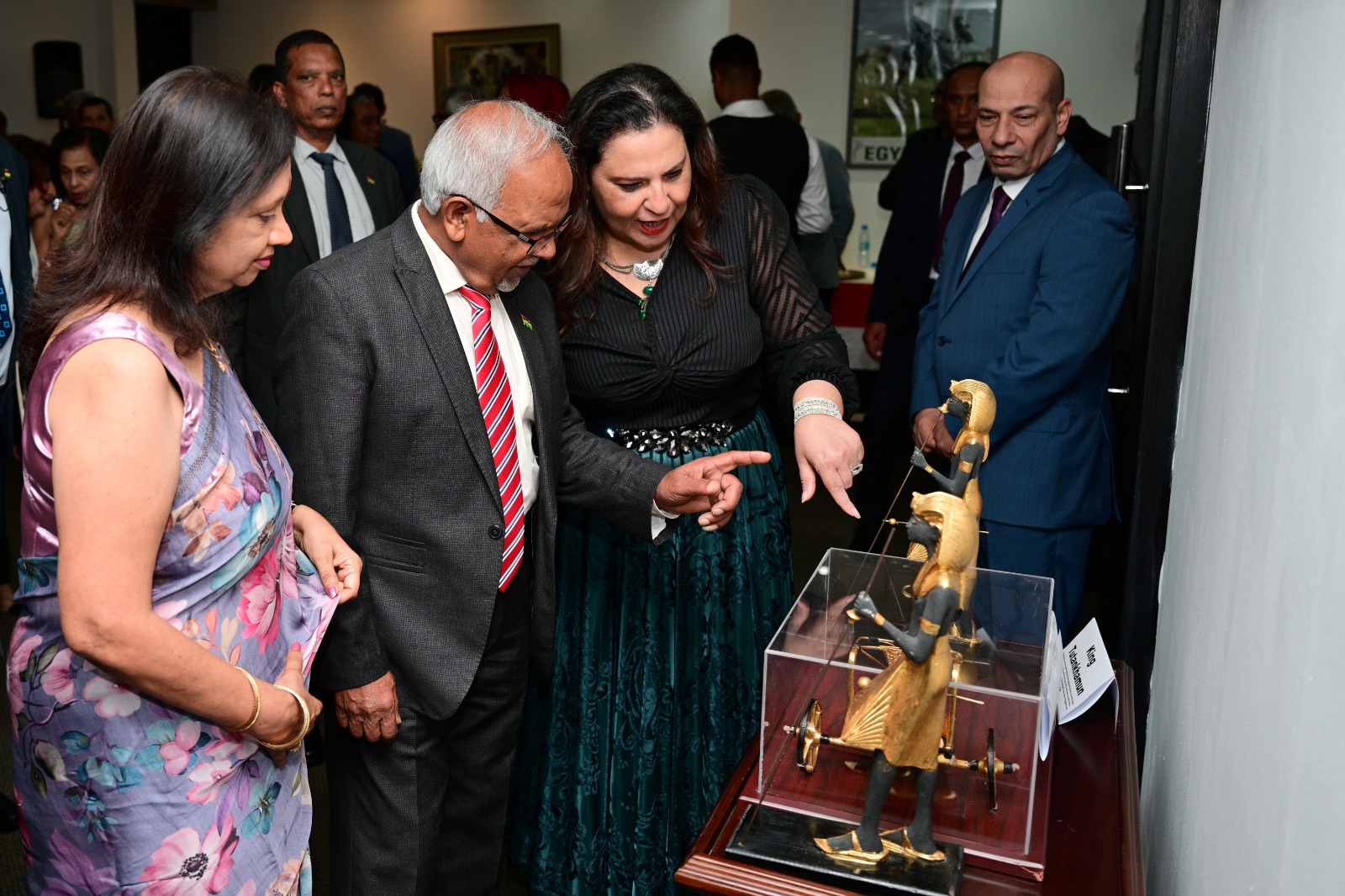

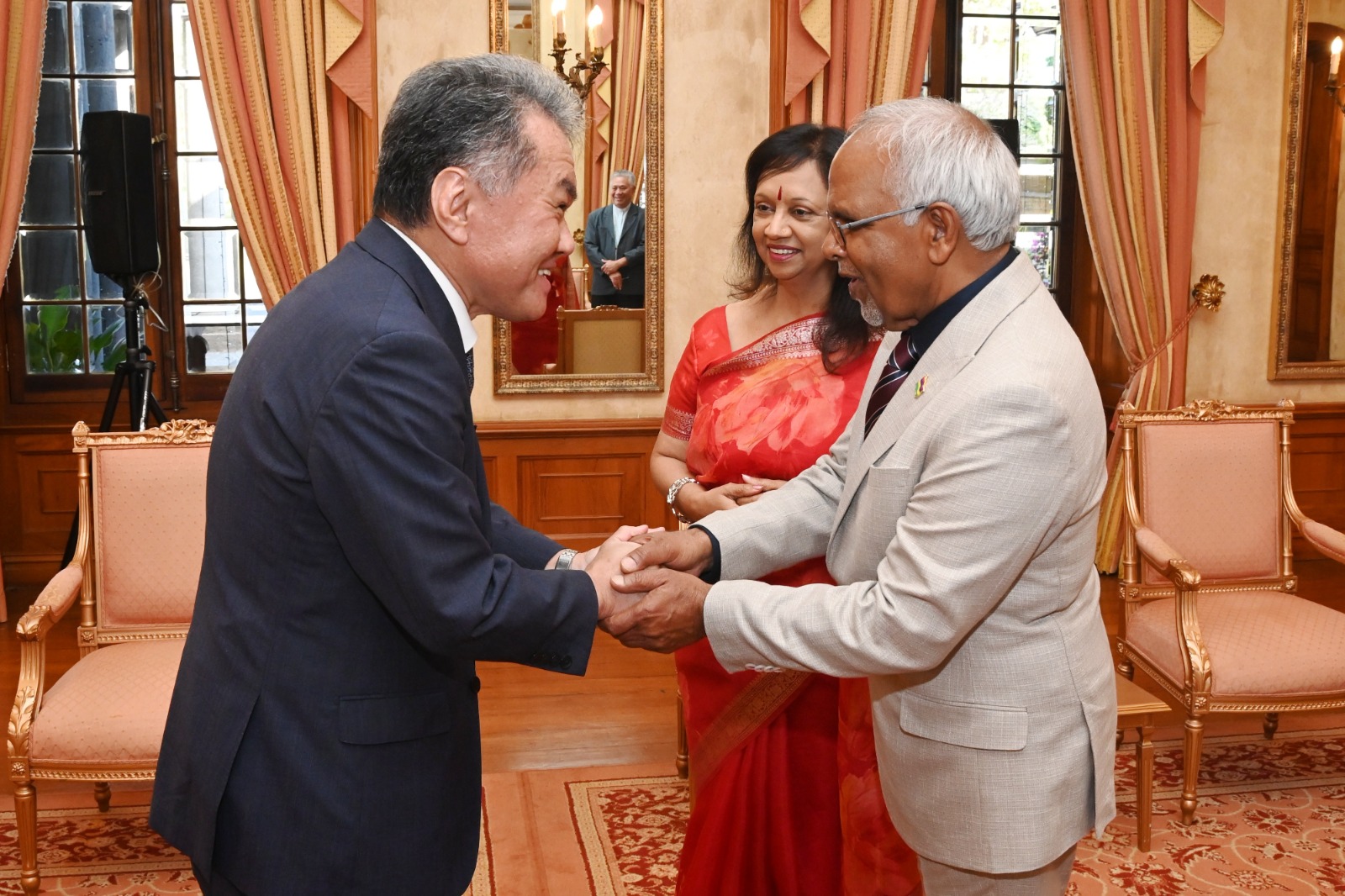
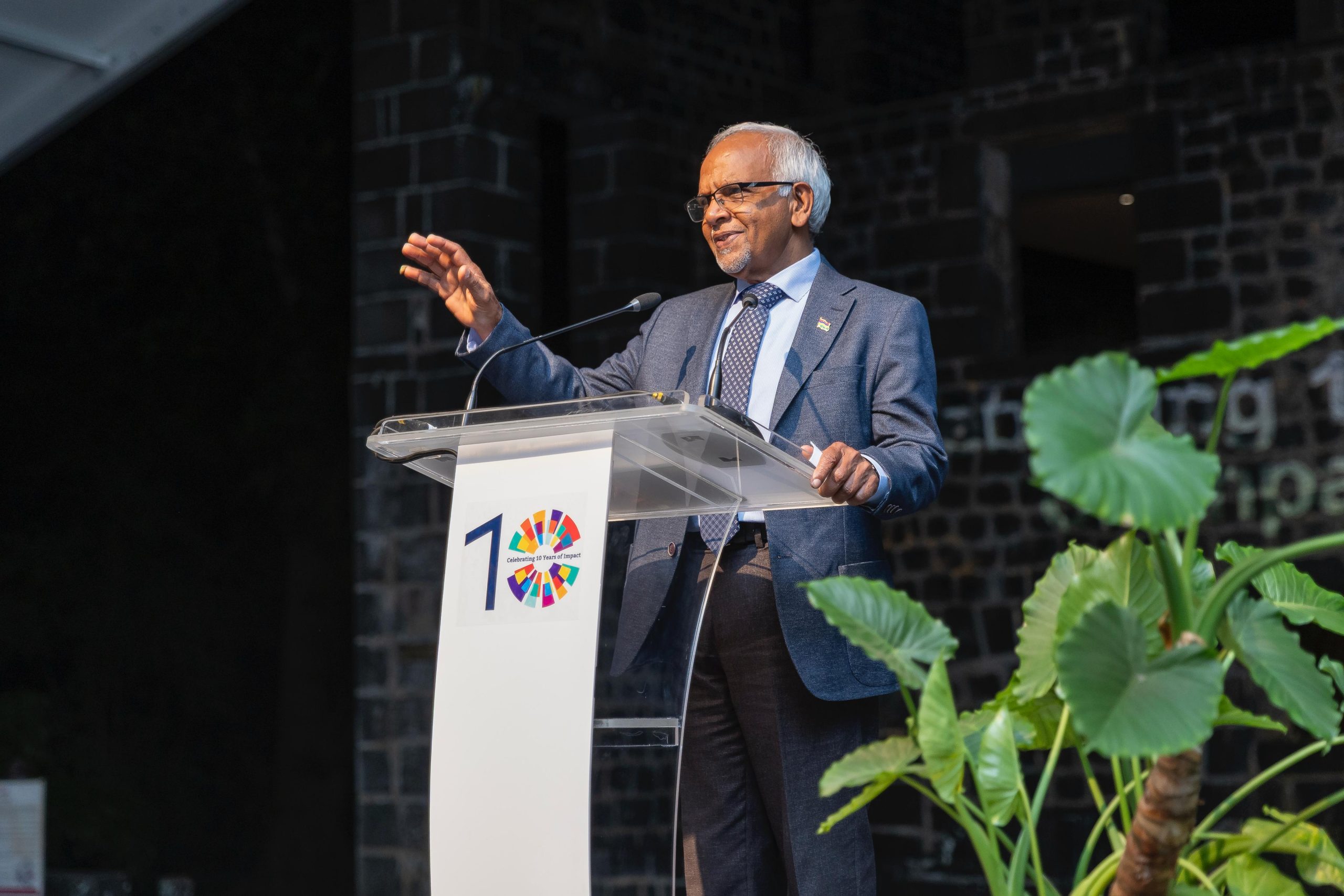
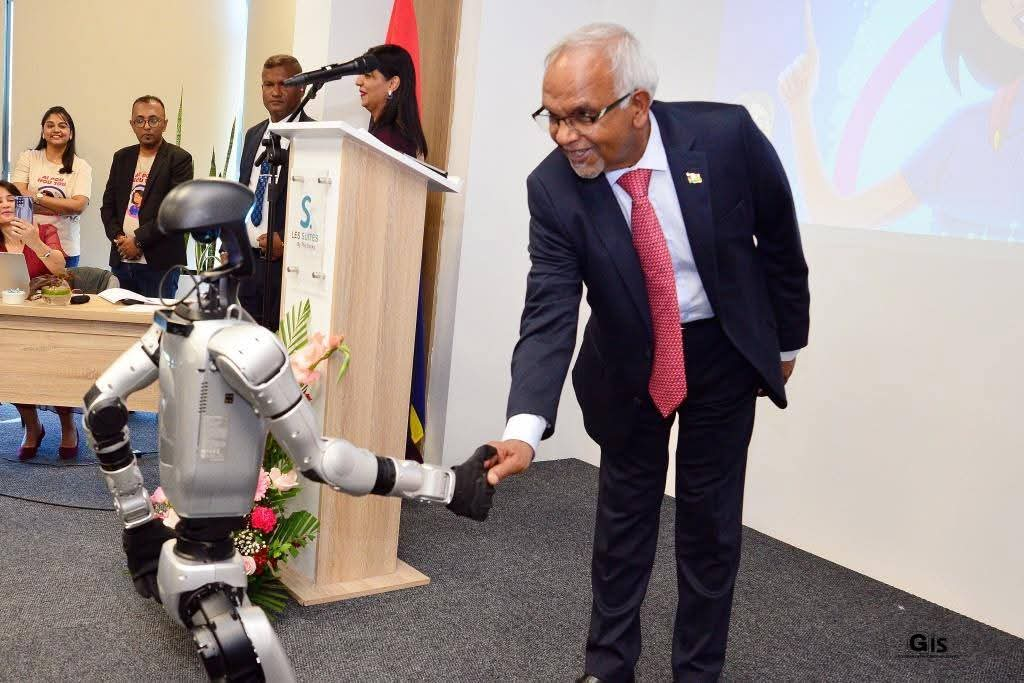
THE PRESIDENT
His Excellency, Mr. Dharambeer Gokhool, G.C.S.K
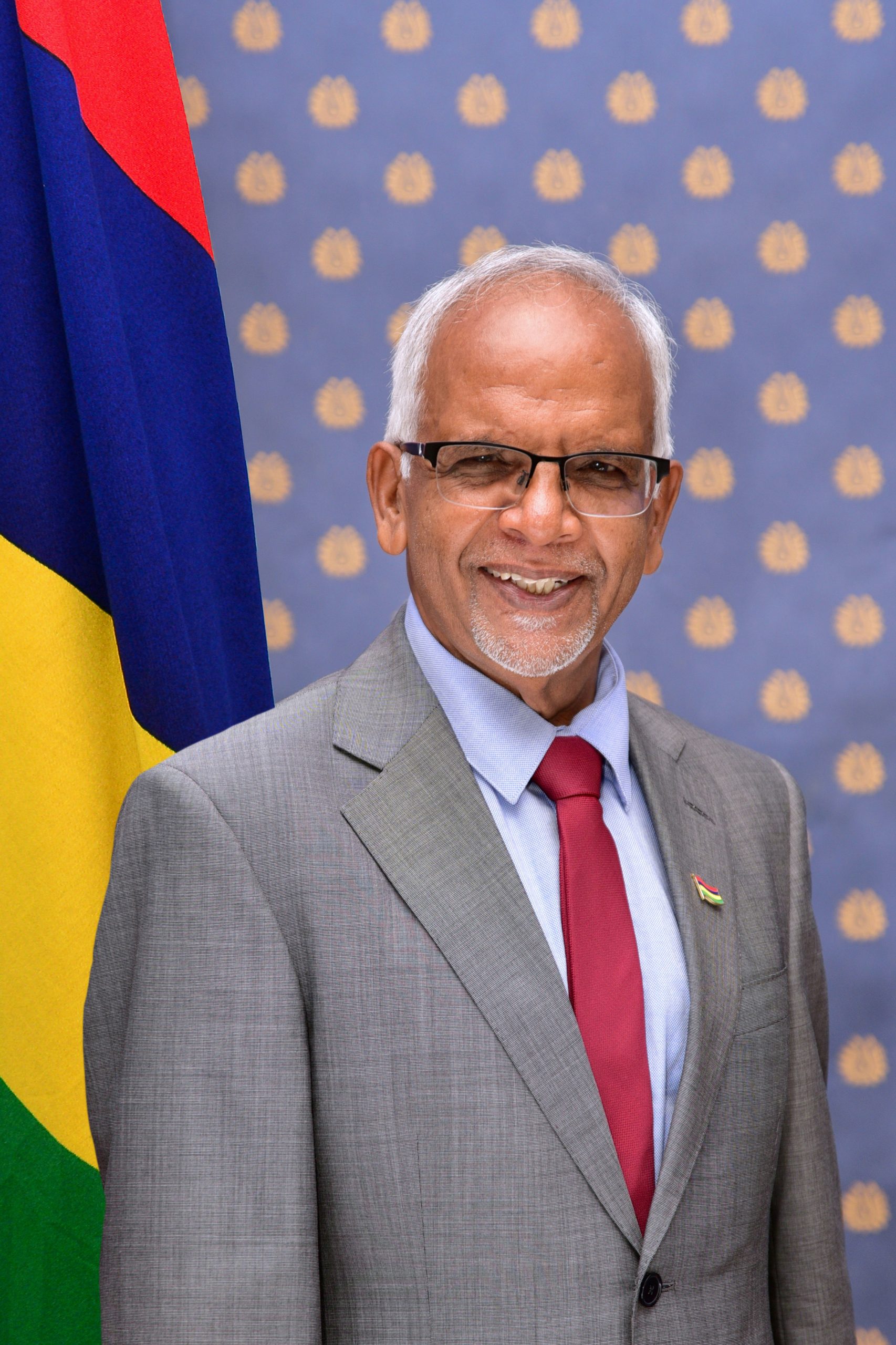
His Excellency Mr. Dharambeer Gokhool was unanimously elected as the President of the Republic of Mauritius by the National Assembly on December 6, 2024, and assumed office on December 7, 2024. A former Minister of Education and Human Resources (2005–2008) and Minister of Industry, Science, and Research (2008–2010), he is a visionary leader with a profound legacy in public service and governance.
